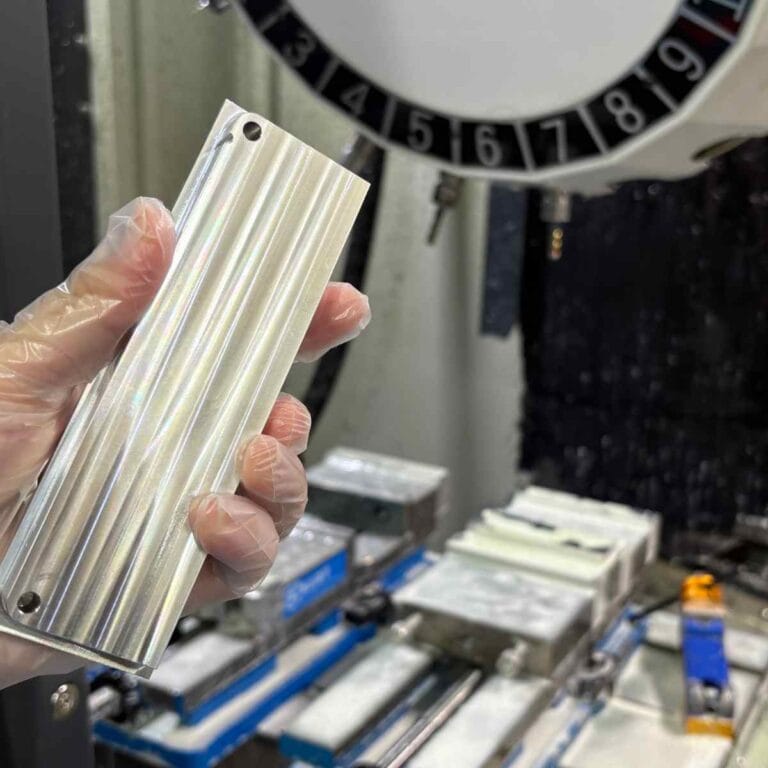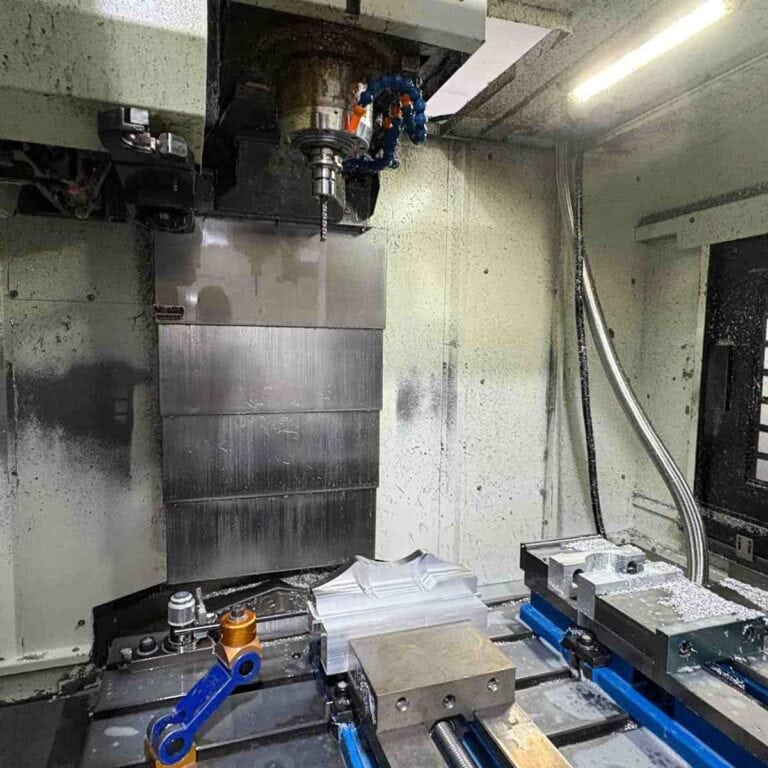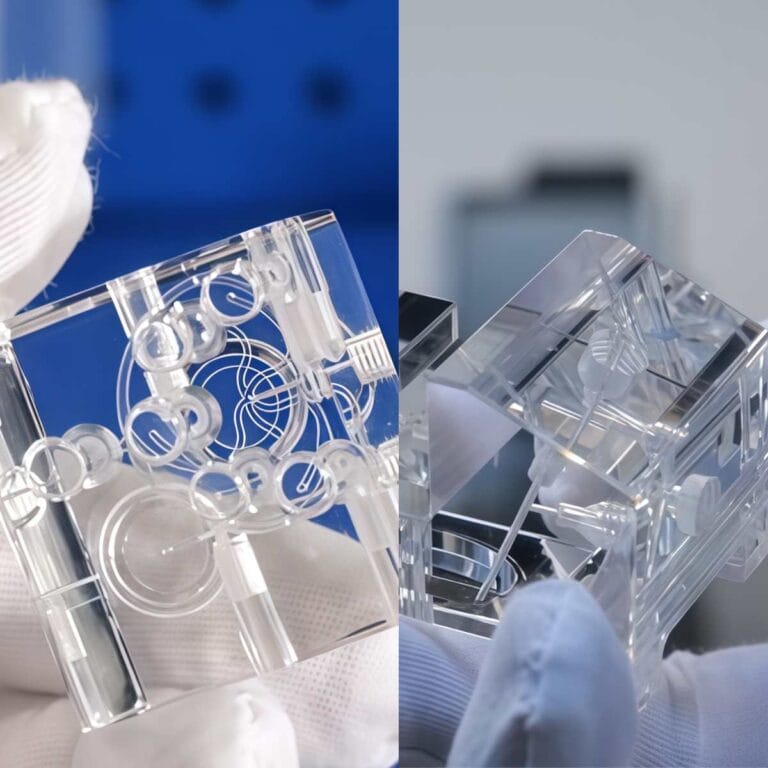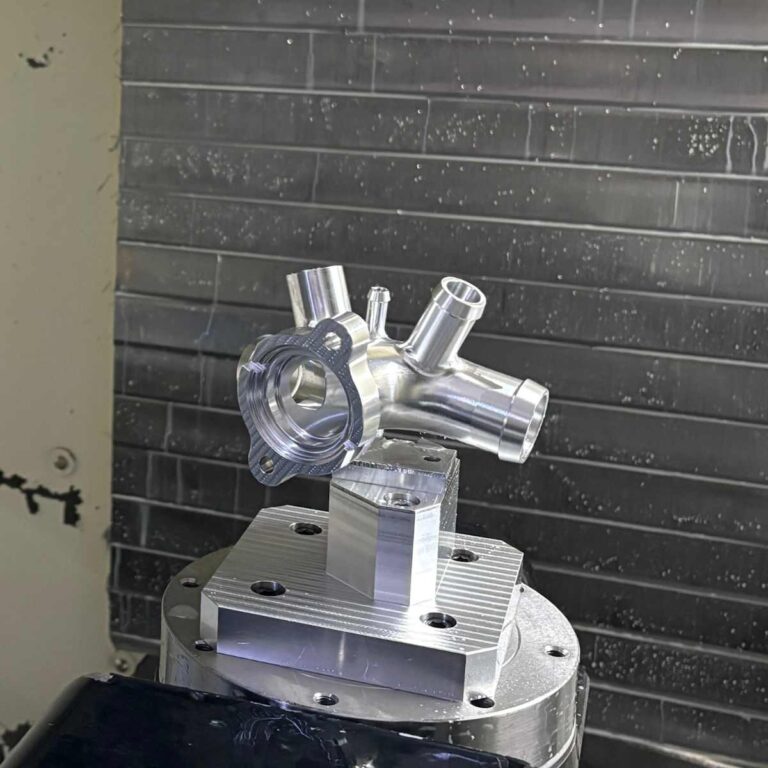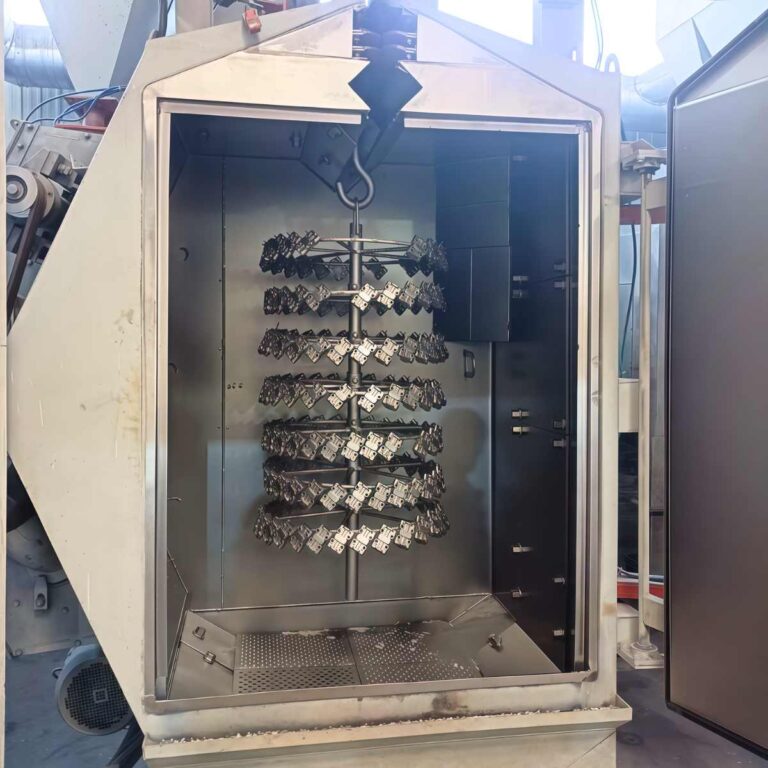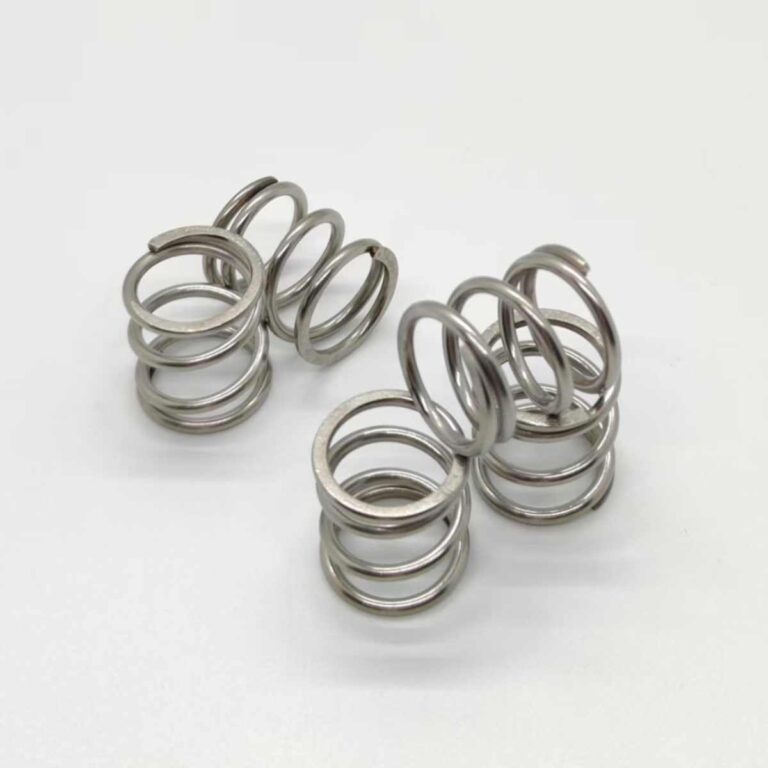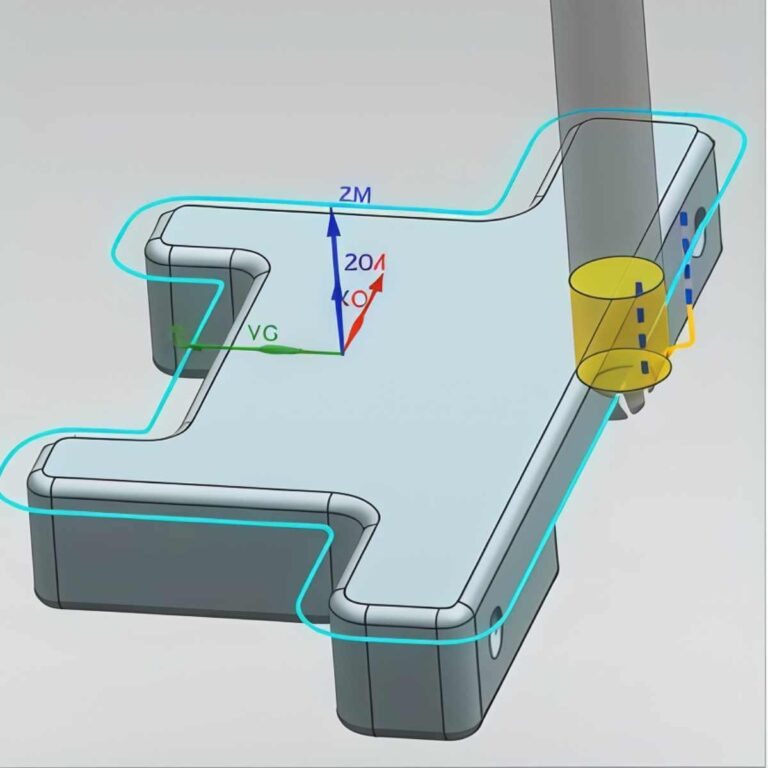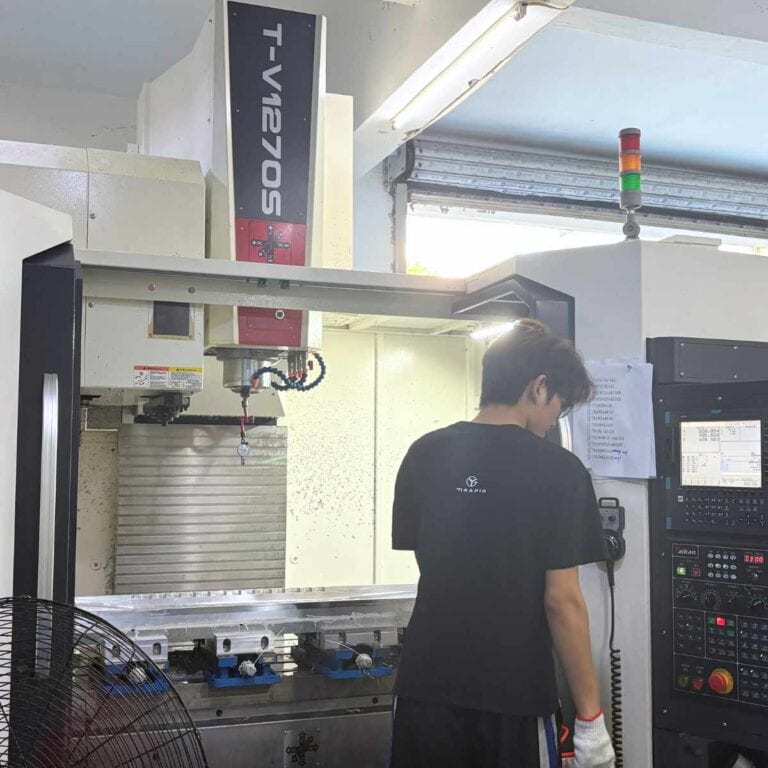Stiffness vs strength is a topic that often gets mixed up, even though the two properties describe very different behaviors in materials. This guide breaks down what stiffness and strength really mean, why the stiffness vs strength comparison matters in engineering, and how understanding the difference helps you choose the right material, avoid design failures, and improve overall performance in any project.
Get 20% offf
Your First Order
What is Strength
Strength is the material’s ability to resist failure under an applied force. When a material is loaded, it stretches, compresses, or changes shape. Strength defines the limit before irreversible damage occurs.
Engineers look at several forms of strength:
Yield strength — the point where a material begins to deform permanently.
Ultimate tensile strength (UTS) — the maximum stress a material can take before it breaks.
Compressive strength — resistance to crushing forces
Impact strength — ability to absorb sudden shocks.
On a stress–strain curve, yield strength marks the end of elastic behavior, while UTS marks the peak before fracture. A material’s strength depends on its composition, microstructure, and heat treatment. Choosing the correct strength level ensures safety, durability, and proper function of the part.
What is Stiffness
Stiffness describes a material’s ability to resist bending or deformation when a force is applied. When a part is pushed, pulled, or twisted, stiffness determines how much it will deflect before returning to its original shape. A stiffer material bends less under the same load.
Engineers evaluate stiffness in several forms:
Axial stiffness — resistance to stretching or compressing along a straight line.
Bending stiffness — resistance to deflection when a load is applied to a beam or plate.
Torsional stiffness — resistance to twisting under torque.
Stiffness is closely related to Young’s modulus (E)—a higher modulus means the material is harder to deform. Steel, for example, is much stiffer than aluminum or plastics because it has a much higher E value.
In a stress–strain curve, stiffness corresponds to the slope of the elastic region, showing how much strain occurs for a given amount of stress. Stiffness is influenced by material properties, geometry, thickness, and length. Selecting the appropriate stiffness ensures structural stability, precise motion control, and minimal deflection in the final design.
How They Behave Under Force
Materials react differently when force is applied. Some bend easily without breaking, while others stay rigid but fail suddenly. Understanding how stiffness and strength control these behaviors helps engineers predict deformation, prevent failure, and select the right material for each design.
Stiffness = Does It Bend?
Stiffness describes how much a material deflects under load. A stiff material bends very little when force is applied.
Examples
A metal ruler bends far less than a plastic ruler → the metal ruler is stiffer.
A short, thick beam deflects less than a long, thin beam → geometry also affects stiffness.
Why It Matters
High stiffness is essential when:
Deflection must be minimized (machine frames, mounts, brackets)
Precision alignment is required (optical fixtures, robotics)
Vibrations need to be controlled (structural supports)
Strength = Does It Break?
Strength describes how much force a material can withstand before it fractures. A material can be stiff but still break easily—or flexible yet very hard to break.
Examples
A thick plastic bar bends easily but doesn’t break → low stiffness, high strength.
A glass rod barely bends but shatters suddenly → high stiffness, low strength.
Why It Matters
High strength is needed when:
A part must carry heavy loads (shafts, bolts, lifting components)
Impact or shock resistance is required (protective housings, structural parts)
Sudden brittle failure must be avoided
What Affects Stiffness & Strength
Stiffness and strength depend on more than just the material—temperature, manufacturing methods, and part geometry all play key roles. Knowing these factors helps engineers design components that resist bending, deformation, and failure in real-world applications.

Temperature
Higher temperatures soften metals and reduce stiffness. As materials lose rigidity, they deform under loads more easily.
Example: Aluminum brackets inside an engine bay can lose 10–20% stiffness at 120–150°C.
Manufacturing Process
Different processes change grain structure and mechanical properties.
Forged parts: compressed grains → higher strength and fatigue resistance.
Cast parts: lower density → more brittle under stress.
Example: Forged steel suspension arms often outperform cast arms by 20–30% in fatigue life.
Shape & Thickness
Geometry strongly influences stiffness.
Box beams or tubes are stiffer than flat plates under the same load.
Increasing wall thickness improves rigidity and reduces vibration.
Example: A hollow tube of equal weight can be 2–3× stiffer than a solid flat bar.
How to Read Material Data
Reading material data helps you quickly understand how stiff, strong, or durable a material is—without needing to be an engineer. By focusing on a few core parameters, you can choose the right material for CNC machining and ensure your parts meet performance requirements.
Key Material Parameters at a Glance
| Property | What It Means | Why It Matters for Parts |
| Young’s Modulus (E) | Indicates stiffness—the higher the value, the less the material bends. | Helps predict deflection in brackets, housings, arms, and load-bearing parts. |
| Yield Strength | Stress at which permanent deformation begins. | Ensures the part won’t bend or warp under working loads. |
| Ultimate Strength | Maximum stress a material can withstand before breaking. | Important for safety-critical parts such as shafts, mounts, fasteners. |
| Hardness | Resistance to scratching, wear, and surface indentation. | Higher hardness gives better durability and longer service life. |
Where to Find Data
| Source | What You Get |
| Material Datasheets | Full mechanical + thermal + chemical data from the supplier. |
| Engineering Databases | Quick comparisons between alloys (e.g., MatWeb, ASM, MakeItFrom). |
| Manufacturer Websites | Practical, real-world machining performance indicators. |
Design Tips
Choosing the right material during design isn’t just about strength—it’s about ensuring the part performs reliably under real-world loads, vibration, and environmental conditions. By understanding when stiffness or strength matters most, you can reduce failures, lower costs, and optimize part performance.

When to Choose High Stiffness
High stiffness is ideal when your part must resist bending, flexing, or vibration. A material with a higher Young’s Modulus (E) will deform less under the same load.
Best for:
Brackets and mounting plates
Machine frames and structural housings
Robot arms, automation fixtures, linear motion parts
Why:
Stiff materials keep shapes stable, reduce vibration, and maintain precision—critical in CNC machines, optical equipment, and robots.
When to Choose High Strength
Choose high-strength materials when your part must carry heavy loads without cracking or deforming, especially under repeated stress.
Best for:
Screws, bolts, and fasteners
Shafts, pins, drivetrain components
Lifting brackets, hooks, structural connectors
Why:
High strength prevents catastrophic failure and ensures safety and long-term durability—important for automotive and mechanical systems.
Optimize Geometry Before Changing Material
Improving part geometry often has more impact (and lower cost) than switching to a stronger or stiffer material.
Examples:
Adding ribs to increase stiffness without adding much weight
Increasing wall thickness in vibration-prone areas
Using fillets to reduce stress concentrations
Rounding internal corners to improve machining stability
Why:
Geometry changes cost nothing in terms of material and usually deliver the biggest performance improvement—faster machining, lower cost, higher stability.
FAQs
Is Stiffness The Same As Strength?
No. Stiffness describes how much a material resists bending or deformation under load, measured by Young’s Modulus (E). Strength refers to how much load a material can withstand before permanent deformation or failure, defined by yield and ultimate strength. For example, steel is 3× stiffer than aluminum but aluminum can be strong when heat-treated.
Why Does Young’s Modulus Matter In Engineering Design?
Young’s Modulus (E) determines how much a part deflects under stress. Higher E values (e.g., steel at 210 GPa) mean lower deformation. In precision mechanisms, even 0.1 mm deflection can cause failure. I use E to predict vibration, load response, and structural rigidity before selecting materials or modifying geometry.
What Makes A Material “Strong” In Mechanical Design?
Strength comes from its ability to carry load without yielding or fracturing. I evaluate yield strength, tensile strength, and fatigue limits. For example, Ti-6Al-4V offers 900–1000 MPa tensile strength, making it ideal for aerospace and automotive load-bearing parts. Strong materials prevent cracks, deformation, and operational failure.
Why Can A Material Be Stiff But Not Strong (Or Vice Versa)?
Stiffness and strength arise from different material behaviors. Stiff materials like ceramics have high modulus but low toughness → stiff yet brittle. Ductile materials like aluminum or nylon may bend easily but absorb large loads before breaking. When designing parts, I separate “resistance to bending” from “resistance to failure.”
When Should I Choose High Stiffness Instead Of High Strength?
Choose stiffness when deflection must stay below 0.5–1% under load, such as robot arms, CNC frames, or optical mounts. Choose strength when parts require high load capacity, like screws, shafts, or suspension links. In practice, I often optimize geometry first—ribs can increase stiffness by 20–50% with minimal added weight.
Conclusion
Understanding stiffness vs strength is essential for making smart engineering decisions. When you know how each property affects deformation, load-bearing capability, vibration control, and long-term durability, you can select better materials, optimize geometry, and prevent costly design failures. A clear grasp of these principles leads to safer parts, longer service life, and more efficient production.

